11 Midnight Movies That Redefined Cult Horror
Midnight movies have become a unique part of horror culture, offering audiences a chance to experience unforgettable films in a dark, immersive setting. These films often blur the lines between fear, fascination, and fun, leaving lasting impressions on viewers who embrace the unconventional. From eerie, surreal tales to gory spectacles, these films have shaped the landscape of cult horror, captivating fans with their daring, boundary-pushing content.
This post may contain affiliate links, which helps keep this content free. Please read our disclosure for more info.
The Rocky Horror Picture Show (1975)
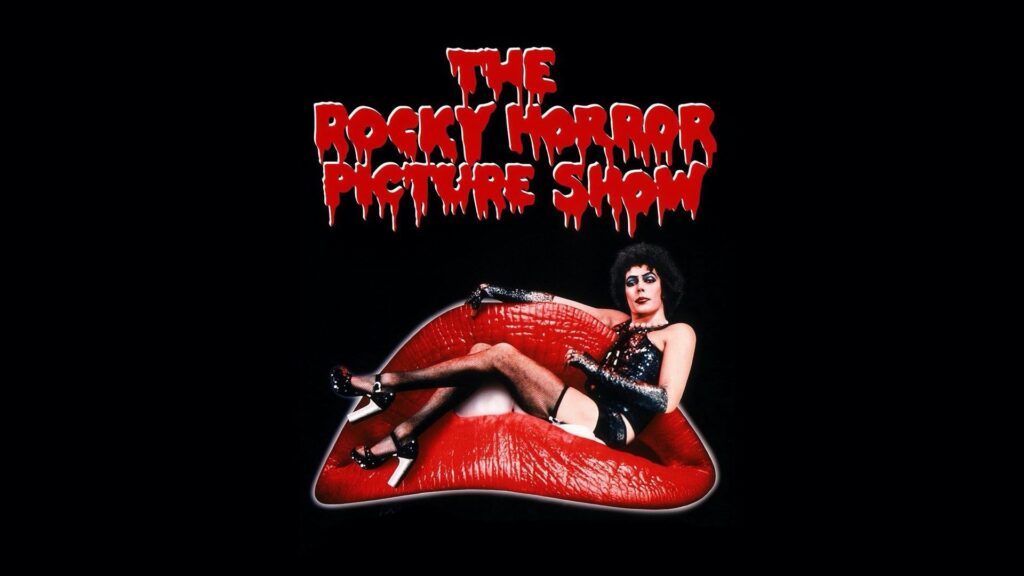
The Rocky Horror Picture Show became an iconic film not only for its campy storytelling but also for the unique interactive experience it offered. The film blended sci-fi, musical, and horror genres in a way that was truly groundbreaking at the time. Fans began attending midnight showings, where they would engage with the film by shouting lines, throwing props, and dressing as characters. This level of audience participation was revolutionary, making it not just a film but an event. Its unconventional approach and themes of sexual liberation and defiance of societal norms resonated with audiences, particularly during a time of cultural change.
The movie’s embrace of the bizarre, from its rock-n-roll musical numbers to the eccentric characters, created a lasting appeal that still endures today. Rocky Horror helped establish the blueprint for midnight films to come, demonstrating that horror didn’t need to be just about scares, but could also be about self-expression and community. The film’s appeal transcended its original box office failure and turned it into a cultural touchstone, reimagining what a horror film could be, strange, colorful, and above all, fun.
Eraserhead (1977)
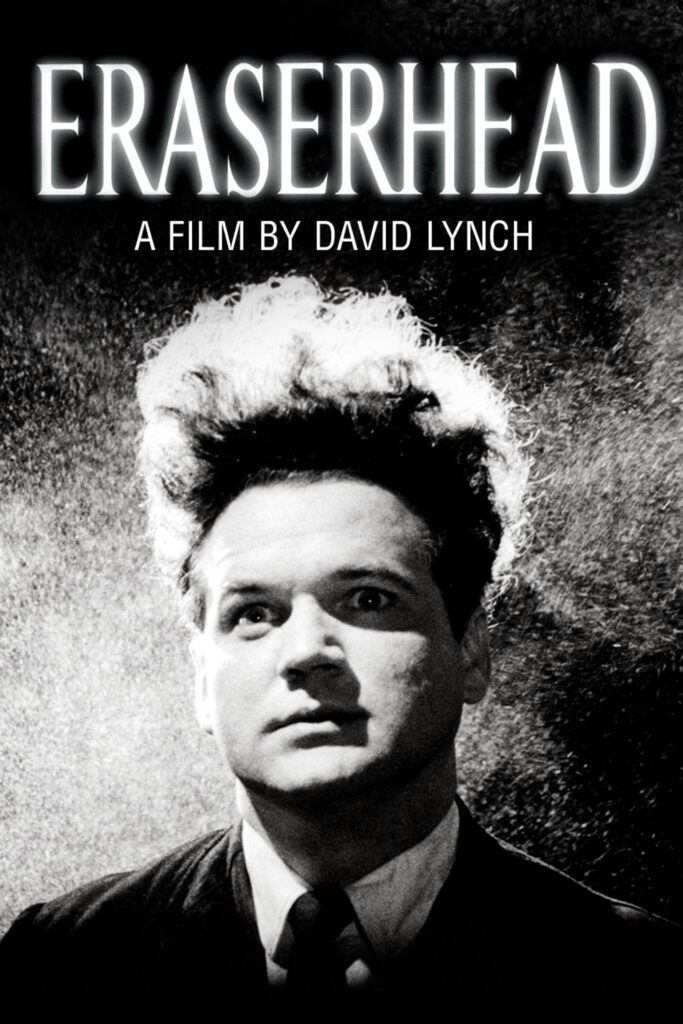
David Lynch’s Eraserhead is often described as a surreal nightmare, and for good reason. The film’s eerie, industrial setting and disturbing imagery create a world that feels completely detached from reality. It follows Henry Spencer, who grapples with the fear of fatherhood in a dystopian, post-apocalyptic landscape, where everything is unsettlingly strange. Lynch’s use of sound, silence, and visual motifs made the film deeply unsettling, using horror in a cerebral way that tapped into subconscious anxieties. This style of horror was entirely new, introducing a more introspective, psychological form of terror that was starkly different from traditional slashers or supernatural hauntings.
The midnight showings of Eraserhead offered a deeply immersive experience for viewers who found themselves drawn into its nightmarish world. Its slow pace, offbeat visuals, and unsettling themes created a hypnotic effect that lingered long after the movie ended. Eraserhead challenged the conventional boundaries of horror and became a cult classic because it forced audiences to confront the unexplainable, often leaving them with more questions than answers. It proved that horror could exist in the realm of art cinema, with an emotional impact that was both disturbing and profound.
The Evil Dead (1981)
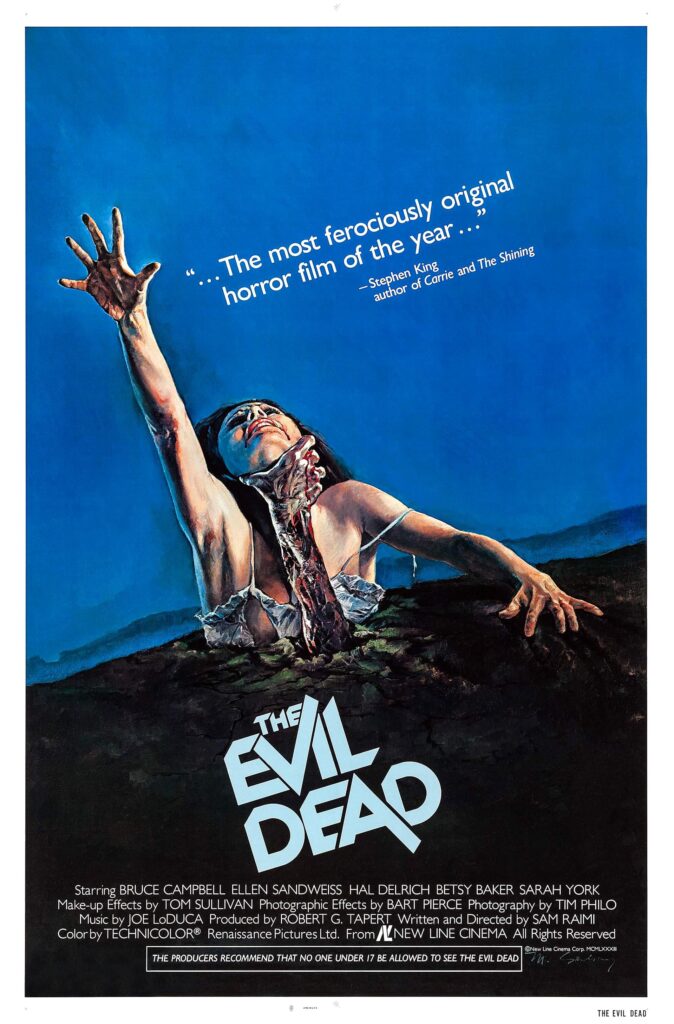
Sam Raimi’s The Evil Dead was a game-changer for low-budget horror films, bringing a raw, unfiltered energy that was previously unseen. The film followed a group of friends who encountered demonic forces after unwittingly summoning them through an ancient book. What set The Evil Dead apart from other horror films of the time was its relentless pace, creative use of gore, and dark humor. Raimi’s low-budget ingenuity created some of the most memorable and chaotic scenes in horror history, blending splatter effects with slapstick comedy. This combination of horror and humor appealed to a wide audience, turning the film into a cult favorite that still holds a special place in horror history.
The movie’s wild energy and boundary-pushing gore made it perfect for midnight screenings, where its shock value and dark humor took on a new life with audiences. Its influence extended far beyond its original release, spawning sequels and a dedicated fan base that embraced its over-the-top style. The Evil Dead helped establish the blueprint for “gore-filled” cult classics, where extreme violence, dark comedy, and a sense of fearlessness became essential elements. The film’s DIY spirit and unique blend of horror made it a midnight movie phenomenon, influencing countless filmmakers who admired Raimi’s ability to turn a low-budget film into an unforgettable, genre-defining experience.
Pink Flamingos (1972)
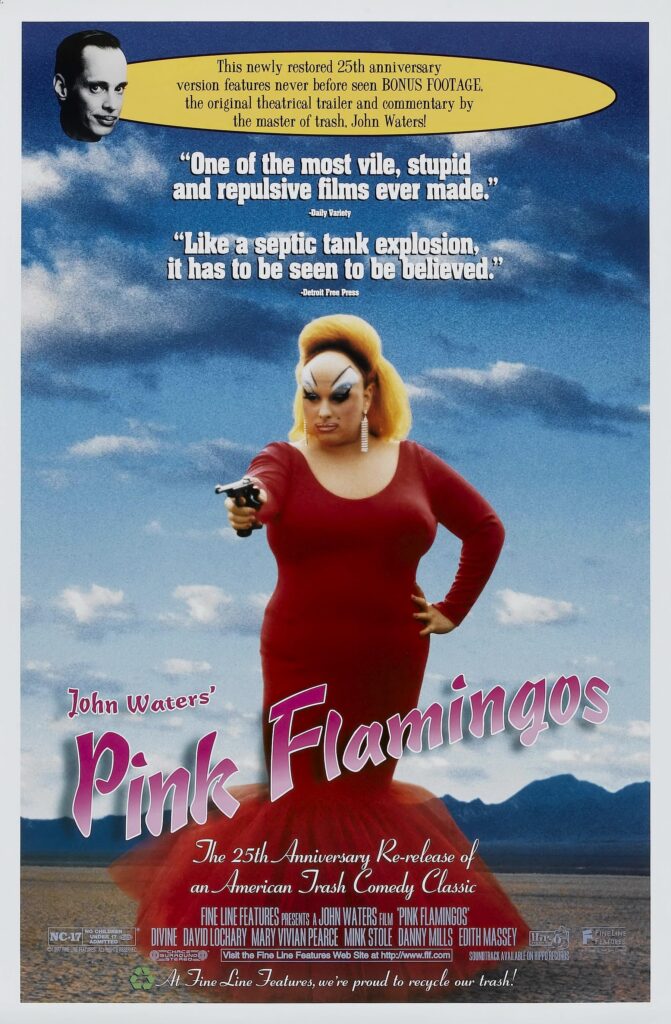
John Waters’ Pink Flamingos is a film that redefined the concept of cult cinema with its shocking, transgressive style. The film’s plot centers on Divine, who plays the notorious criminal and “filthiest person alive.” It’s an experimental film with scenes designed to shock and provoke, filled with absurd acts that challenge traditional norms of decency. The film’s raw, unrefined energy made it a cult classic, with its bizarre humor and disturbing imagery setting it apart from other horror films of its time. Its boundary-pushing content, which includes explicit nudity, violence, and outrageous behavior, would make it unfit for mainstream audiences, yet that’s exactly what made it so appealing to midnight movie crowds.
Pink Flamingos was a film that offered a sense of liberation, encouraging audiences to embrace the unconventional and subversive. The film’s shocking content, paired with its offbeat, anarchic humor, created a space for misfits and outsiders to celebrate their individuality. Midnight screenings of Pink Flamingos turned into a kind of performance art, where viewers were drawn to the wild, rebellious nature of the film. It defied conventions of taste and decency, making it an iconic piece of cinema that redefined what a horror cult film could be. The film’s provocative nature gave rise to a new wave of underground filmmaking that would later influence many other subversive, shock-value-driven cult classics.
The Room (2003)
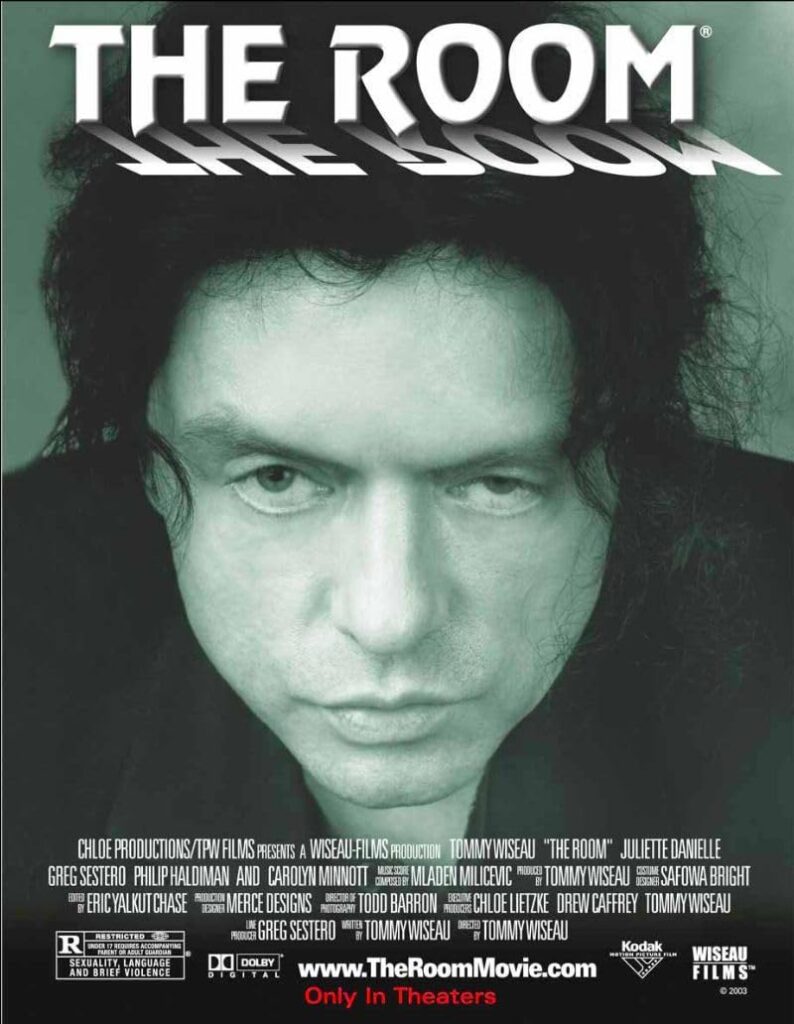
Though The Room is not a traditional horror film, its status as a cult classic in the midnight movie scene is undeniable. Written, directed, and starring Tommy Wiseau, The Room is often cited as one of the best “so bad it’s good” films ever made. The film’s clumsy storytelling, baffling dialogue, and awkward performances create an experience that is both hilarious and uncomfortable to watch. Its strange pacing and bizarre character choices turned what was meant to be a serious drama into a midnight movie favorite, as audiences embraced the film’s imperfections with love. Over time, its nonsensical plot and poor production values became part of its charm, making it a beloved midnight classic.
The enduring appeal of The Room lies in its ability to turn failure into entertainment. Audiences flock to midnight screenings where they can enjoy the film’s offbeat humor, shouting lines, and making fun of the characters. Wiseau’s unintentional comedy has made the film an interactive experience, with fans organizing lines and scenes to recite during showings. The Room holds a unique place in cult horror due to its ability to unite viewers through laughter and shared enjoyment of its awkwardness, providing a horror film experience that is so far removed from traditional horror tropes, it becomes a genre all its own.
Night of the Living Dead (1968)
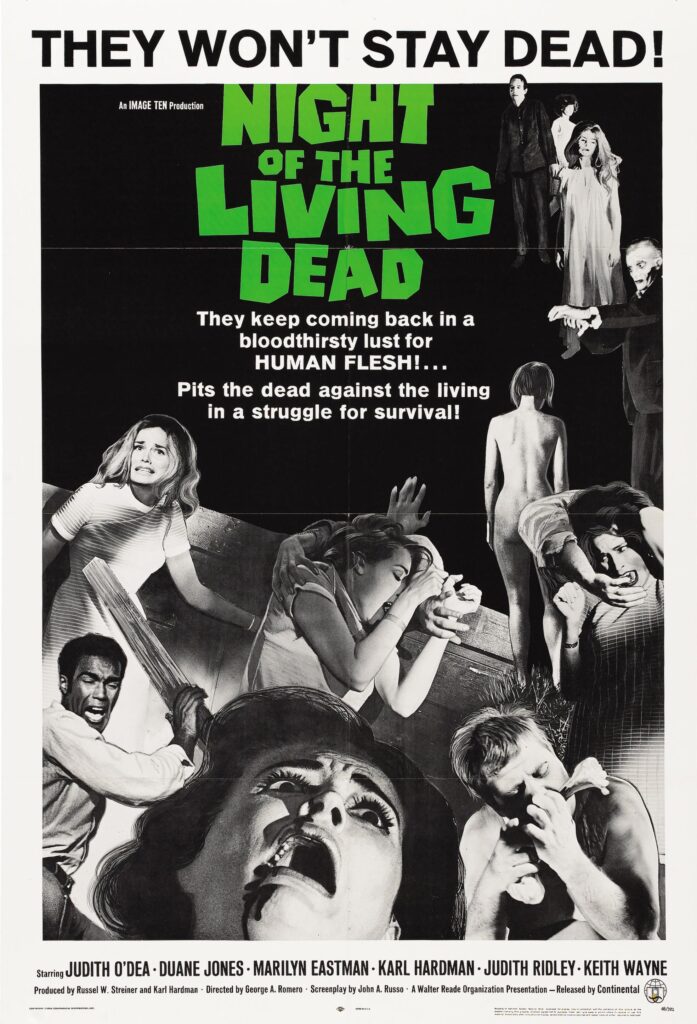
George A. Romero’s Night of the Living Dead not only set the standard for zombie horror but also created a revolutionary shift in the genre. The film introduced a gritty, realistic approach to horror, where ordinary people were forced to confront the sudden rise of a zombie apocalypse. The black-and-white film’s atmosphere, shot with a low-budget but deeply effective approach, created a sense of urgency and chaos that felt real and unrelenting. Romero’s innovative take on the zombie genre opened up new avenues for horror filmmakers to explore social commentary, as the film subtly addressed themes like fear, survival, and human nature in times of crisis.
The film’s stark, low-budget look, combined with its relentless tension, made it a perfect candidate for midnight screenings. Audiences quickly embraced its chilling atmosphere, with the final moments of hopelessness and despair leaving a lasting impact. Night of the Living Dead pioneered a new era of horror by focusing on societal collapse and the breakdown of social norms. Its midnight screenings sparked a renewed interest in zombie films, which would eventually evolve into a dominant subgenre of horror. This film’s place in cult cinema is cemented, as it continues to influence not only zombie films but also the wider horror genre.
The Texas Chain Saw Massacre (1974)
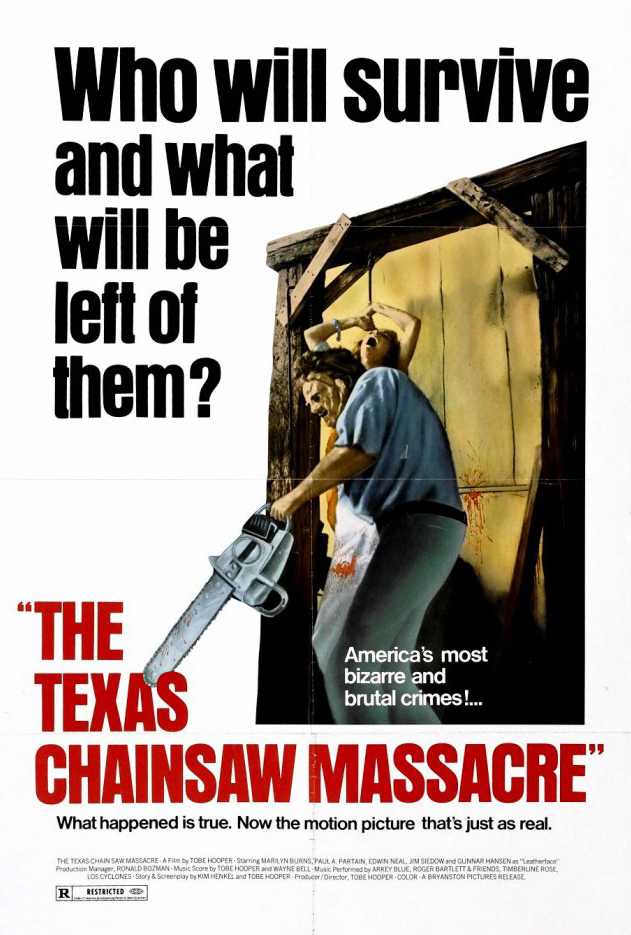
Tobe Hooper’s The Texas Chain Saw Massacre is one of the most influential horror films ever made, redefining the slasher genre with its raw, unrelenting horror. The film’s disturbing portrayal of a group of friends being terrorized by a cannibalistic family struck a chord with audiences. What set Texas Chain Saw apart was its brutal realism and the terrifying presence of Leatherface, whose chainsaw-wielding menace became a symbol of horror. The film was shot on a modest budget but managed to create a terrifying sense of dread and unease that lingered throughout the entire runtime.
The movie’s gritty, documentary-like style and relentless tension made it a perfect fit for midnight screenings. Audiences embraced its disturbing content, with its graphic violence and eerie atmosphere creating a shockingly real portrayal of fear. The Texas Chain Saw Massacre pushed the boundaries of horror, establishing a new standard for brutality in films. It influenced countless slasher films that followed, making its midnight screenings an essential part of horror history. The film’s impact on the genre cannot be overstated, as it brought a new level of fear to audiences through its disturbing portrayal of the macabre.
Blue Velvet (1986)
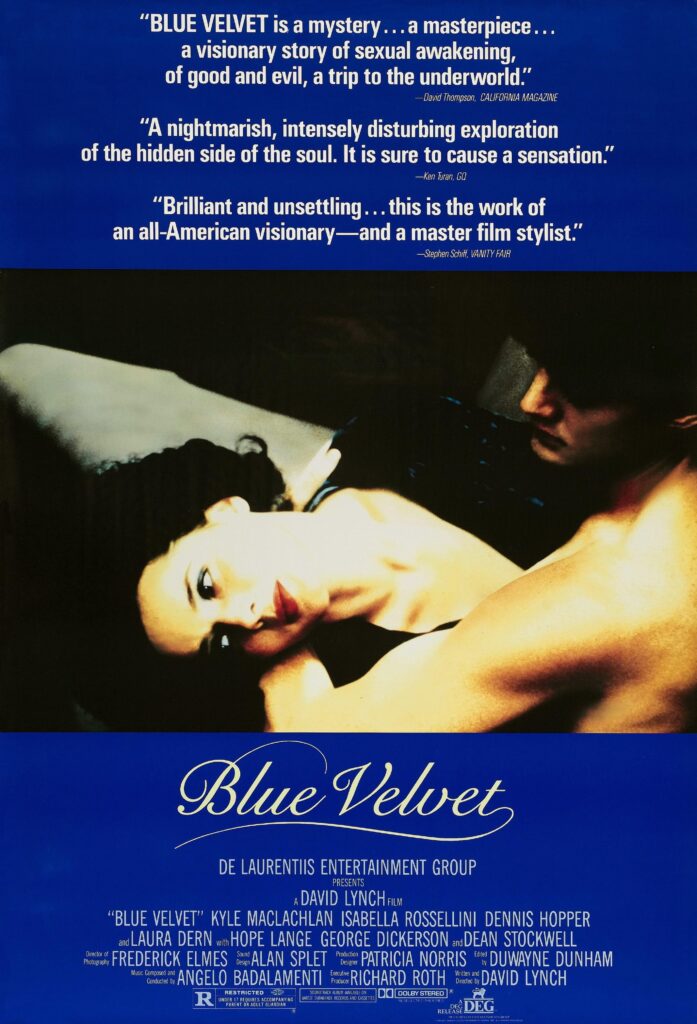
David Lynch’s Blue Velvet blurred the line between thriller, mystery, and horror, creating a disturbing yet captivating narrative. The film follows a young man who, after discovering a severed ear in a field, gets caught up in a web of corruption and violence. What makes Blue Velvet so unique is Lynch’s ability to take ordinary suburban life and twist it into a nightmare of twisted secrets and hidden horrors. The film’s mix of unease and surrealism brought horror elements to a traditionally non-horror setting, challenging audiences to see horror in the mundane.
Blue Velvet was a perfect choice for midnight screenings because of its surreal, haunting atmosphere and its ability to disturb without resorting to traditional horror tropes. The film’s exploration of darkness hidden beneath a seemingly perfect surface resonated with viewers, making it a favorite for those seeking something more unsettling than a typical thriller. Lynch’s blend of arthouse cinema with horror elements opened the door for a new wave of films that explored psychological terror, making Blue Velvet an important film that redefined cult horror in its own right.
Hellraiser (1987)
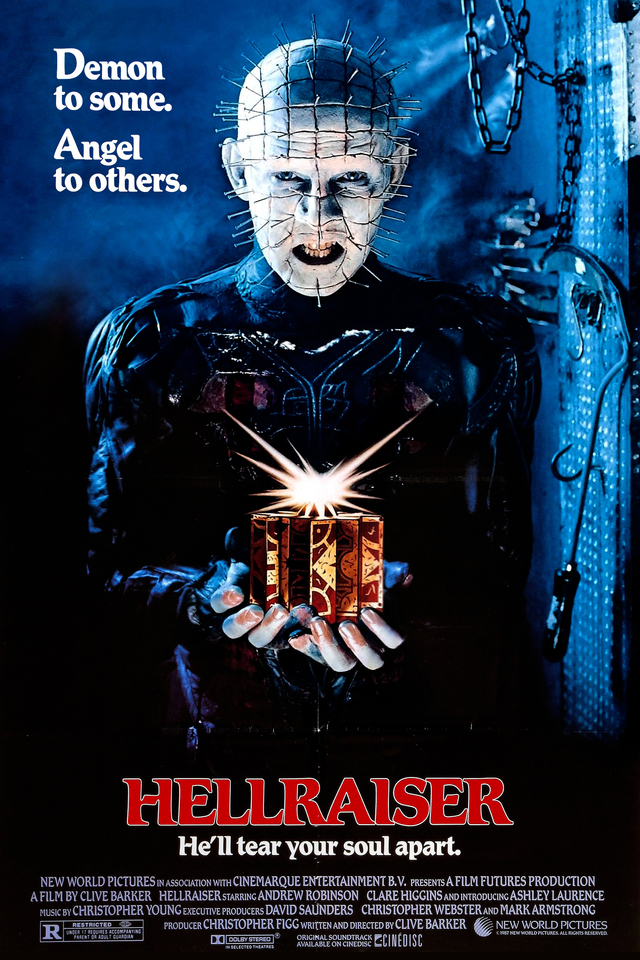
Clive Barker’s Hellraiser pushed the boundaries of horror with its unique take on pain, pleasure, and the supernatural. The film introduced audiences to the infamous cenobites, led by Pinhead, beings who exist to torment and corrupt the souls of those who dare to open the Lament Configuration. Unlike typical slasher villains, Pinhead and the cenobites are not driven by simple revenge; they represent a deeper, more complex philosophy of suffering. The film’s mix of eroticism, sadomasochism, and grotesque imagery left audiences with a sense of shock and awe, making Hellraiser stand out in the horror genre.
The film’s graphic content and philosophical themes about desire and suffering made it an instant cult classic. Midnight screenings provided a space for fans to experience the film’s boundary-pushing imagery in a communal setting. Hellraiser helped redefine horror by exploring more complex, psychological themes rather than relying solely on shock value. It also introduced a new kind of horror villain that was more intellectual and mysterious, making the cenobites one of the most iconic horror creations of the 1980s.
The Blair Witch Project (1999)
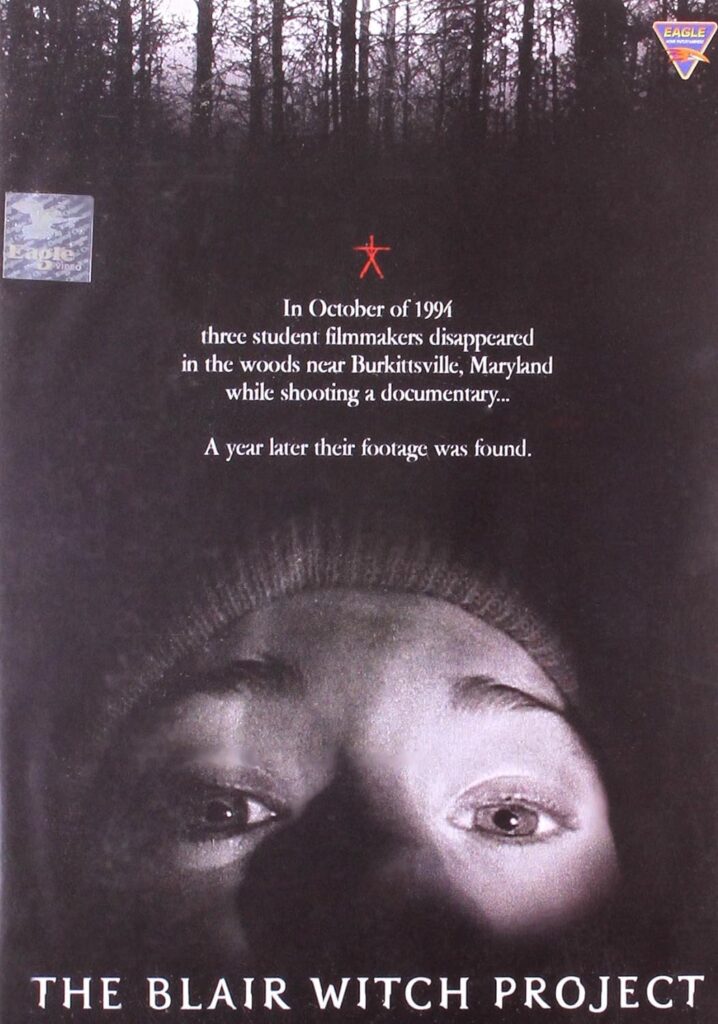
The Blair Witch Project is one of the most successful found-footage horror films to date, redefining the genre by proving that a low-budget film could evoke tremendous fear through suggestion and atmosphere. The film follows three filmmakers who venture into the woods to investigate the legend of the Blair Witch, only to encounter a series of terrifying events that are never fully explained. Its handheld camera style, combined with minimal special effects, allowed it to create an immersive experience that felt like a real-life horror event. The film’s minimalist approach to storytelling created a feeling of dread through what was not shown, making it one of the most terrifying films of its time.
The movie’s release strategy, which involved building a mythos online and leaving viewers to question its authenticity, added to its cult status. Fans at midnight screenings found themselves fully immersed in the fear and ambiguity of the film. Its innovative approach to horror helped popularize found-footage films, changing the landscape of horror filmmaking. The Blair Witch Project is a prime example of how horror can thrive on suggestion and atmosphere rather than on visual effects or gore, making it a lasting influence in the genre.
Re-Animator (1985)
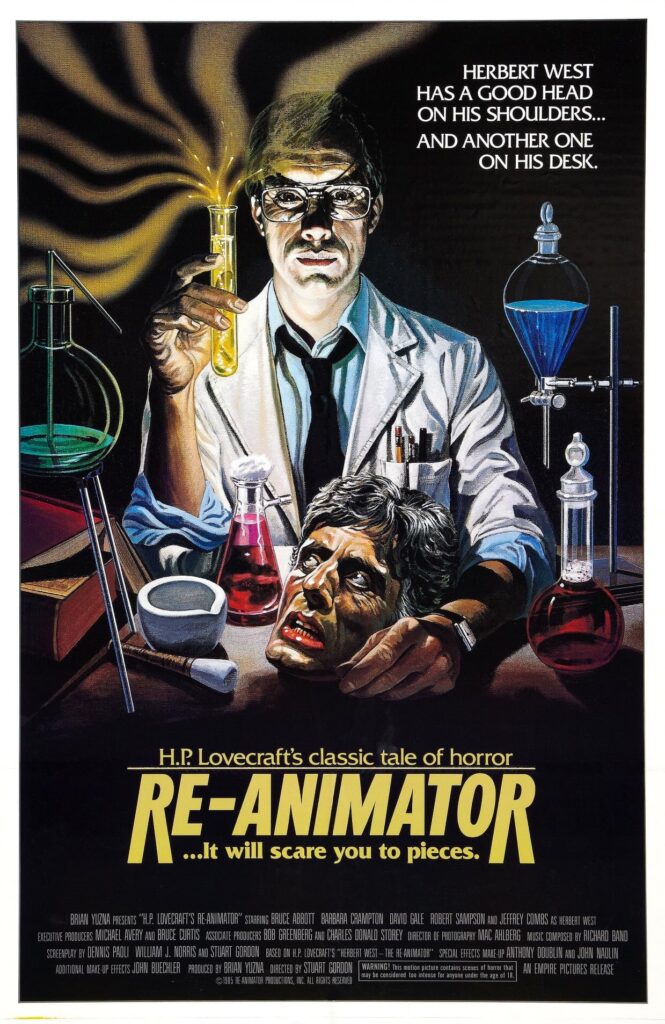
Stuart Gordon’s Re-Animator is a brilliant blend of horror, science fiction, and dark humor. Loosely based on H.P. Lovecraft’s story, the film follows a medical student who discovers a way to bring the dead back to life, only for his experiments to spiral into grotesque and hilarious chaos. The film’s over-the-top gore, coupled with its witty dialogue, made it an instant hit in midnight movie circles. Re-Animator struck the perfect balance between horror and comedy, giving audiences a gory, yet oddly charming, take on the zombie genre.
The film’s tongue-in-cheek tone, combined with its practical effects and outrageous gore, made it a perfect fit for late-night screenings. Its cult status grew with each showing, as audiences were drawn to its absurdity and shocking moments. Re-Animator influenced many later horror-comedies by showing that horror could be both terrifying and fun. It became a must-see for horror fans who loved dark humor mixed with gore, making it an essential part of cult horror cinema.
This article originally appeared on Avocadu.
